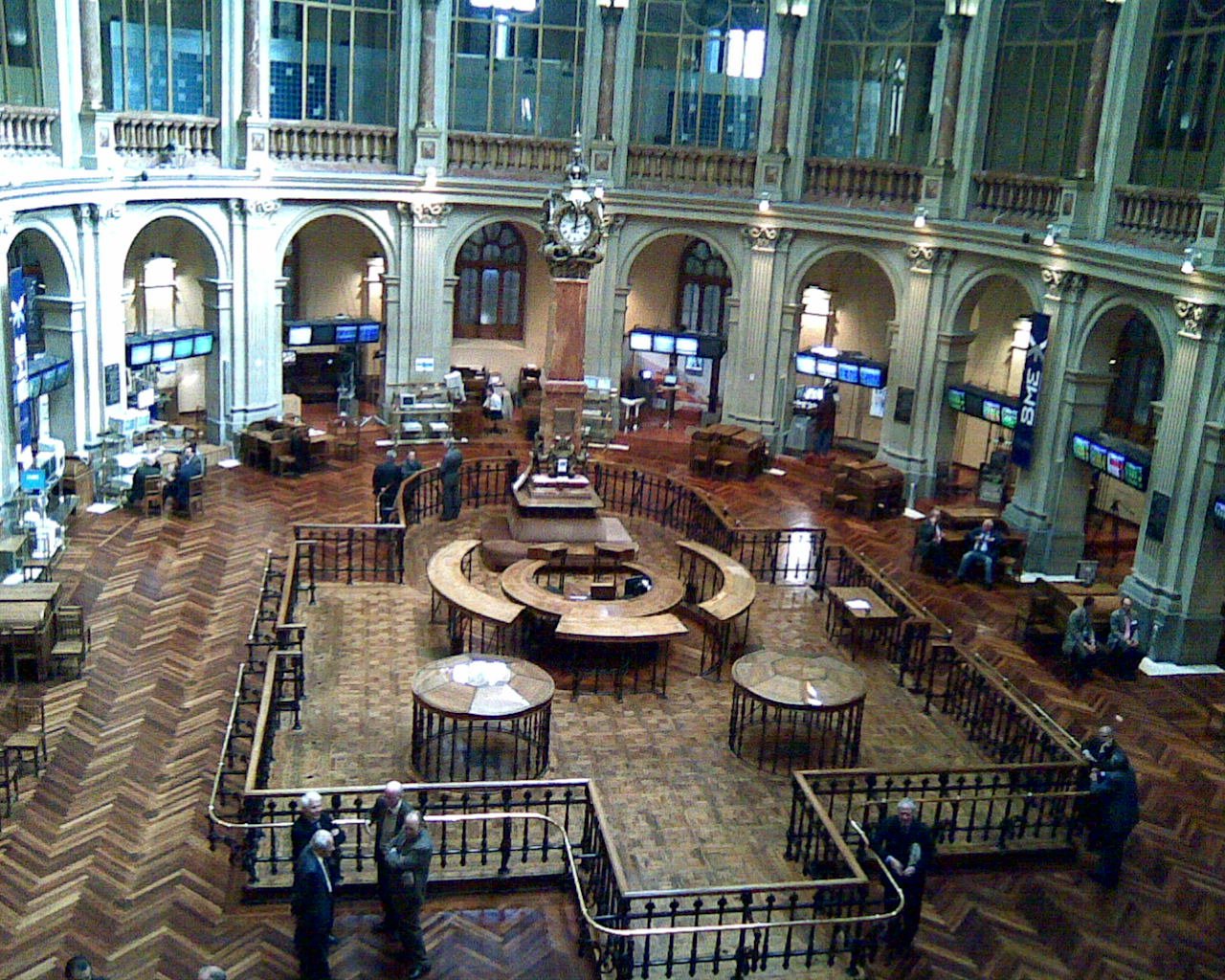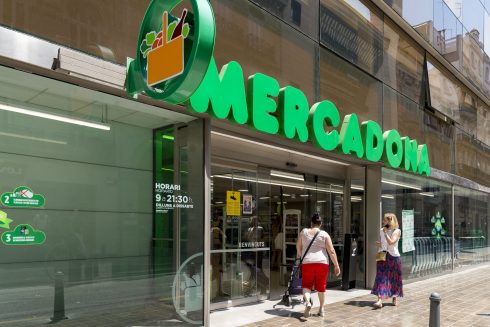By Peter Dougherty of Bissan Wealth Management
MANY people are familiar with the New York Stock Exchange (founded in 1792) or the London Stock Exchange (1801). But fewer know that Madrid launched its own in 1831. Since then, three more stock exchanges have opened across Spain – in Bilbao (1890), Barcelona (1915) and Valencia (1980).
All four still operate today, though modern technology has dramatically changed how they work and look.If you own a hammer and replace its handle – then its head – is it still the same tool? Spain’s stock exchanges raise a similar question. So much has changed, what do they still have in common with their origins?
Think of them as giant, buzzing street markets. Companies set up stalls and shoppers (investors) wander through, buying and selling parts of the stall – not fruit or flowers, but shares. Like any market, they’re prone to rumour. A whiff of bad news (economic decline)? Cue panic selling. Gossip about a tech breakthrough? Prices surge.

Alongside shares, there’s the bond market – where shoppers lend money to stallholders (companies) to help them grow. Modern exchanges bundle these street-style markets together – stocks, bonds, and other assets like ETFs – under one roof.
For much of their history, Spain’s four regional exchanges operated independently, often listing the same companies. But in 2002, they were electronically merged into a single system with shared trading rules, order books and infrastructure. Each exchange still maintains its own governing board – a nod to regional pride.
Madrid and Barcelona make obvious sense – they’re Spain’s two biggest cities. But why did Bilbao and Valencia get stock exchanges, while Malaga, Sevilla and Zaragoza did not?
Bilbao
By the late 1800s, Bilbao had become Spain’s industrial capital. Steel, shipbuilding and mining fuelled a booming economy, supported by Basque bankers and investors with strong international links. Banks like Banco de Bilbao and Banco de Vizcaya (which later merged into BBVA) backed major industrial projects, creating a clear need for a local capital market.
Valencia
Valencia has long been a commercial hub thanks to its Mediterranean port, agricultural wealth and industrial strength in sectors like furniture, textiles and ceramics. Its strong business base made it a natural candidate for a stock exchange to support local investment.
Malaga and Sevilla
Despite being large and culturally rich, these southern cities lacked the industrial and financial muscle of Bilbao or Valencia. They focused more on agriculture, shipping and tourism than on raising capital for heavy industry.
Zaragoza
Spain’s fourth most populous city, Zaragoza has an economy built on logistics, agriculture and manufacturing. But it never developed the banking and finance infrastructure needed for a capital market. By the time it might have, Spain’s financial needs were already covered by the other exchanges.
Although Spain’s stock exchanges quietly power the economy like a beating heart, they are often overlooked. Nevertheless, they’re where companies raise money and investors chase dreams. This gap between the scant attention they’re paid and their importance may be due to the lack of direct interaction most of us have with them. Or it might be because we secretly prefer that stocks and bonds still be bought and sold in a vibrant street market where we might encounter more food and fewer business suits than stock exchanges offer.
Peter Dougherty is a Financial Planner at BISSAN Wealth Management in Spain. He holds an MBA in finance from Columbia University in New York and an MS in Spanish taxation (Máster en Fiscalidad y Tributación) from Nebrija University in Spain. He is certified as a European Financial Planner (EFP) in Spain and as a Chartered Retirement Planning Counselor® and Investment Adviser Representative in the United States.
For more information: https://www.financial-planning-in-spain.com
Click here to read more Business & Finance News from The Olive Press.








